The Minoan villa at Nirou Khani is situated east of Heraklion, just past the Vathianos plain and near the national road to Agios Nikolaos. The site of Nirou Khani, also known as Kokkini Khani or Armylides, features a Minoan settlement and a two-story Minoan villa closer to the sea. The villa comprises around 40 rooms, two corridors, and courtyards.
The Villa’s Architecture and Layout
The Minoan villa covers an area of 1000 square meters and is built with large dressed stones on its exterior. The building, known in literature as the “Nirou Mansion,” is a luxurious two-story residence. The walls were constructed with timber framing and covered with thick plaster and ashlar masonry. The villa featured a paved courtyard, a sanctuary, storage rooms for agricultural products, a staircase, and rooms with benches. In rooms of particular importance, the flooring is more elaborate, consisting of gypsum flagstones. The designs are simple and geometric, and the decorative materials vary. Due to the discovery of numerous ritual vessels, it has been interpreted as the residence of a High Priest. The building was likely constructed in the 16th century BC (Middle Minoan III period) and was destroyed by fire in the 15th century BC (Late Minoan IB period). It was never inhabited again.
Excavation and Preservation
The Minoan villa was excavated in 1918 by Stephanos Xanthoudidis. In 1960, under the supervision of the Ephor N. Platon, a fence was erected, and significant consolidation work was carried out. The 23rd Ephorate of Prehistoric and Classical Antiquities conducts periodic cleaning and consolidation work on the building.
The Shipyard at Agioi Theodoroi
At the eastern end of the long beach of Vathianos Kambos, in the location of Agioi Theodoroi and next to the beach called Kokkevis, there is a rocky peninsula where we can still see the carved rock that housed a large shipyard for building ships in Minoan Crete. According to researchers, in the large carving, 48m long and 11m wide, the Minoans could build 50m ships, while further south there was a smaller carving that was probably a storage space for timber. It is worth noting that the surrounding area has sunk into the sea over the centuries, and there are bases of Minoan buildings both in and out of the sea. The carving was probably flooded with water when the ship was ready so that it could be launched smoothly into the water.
Archaeological Site: Key Points
- Construction Period: 16th century BC (Middle Minoan III period)
- Location: Nirou Khani, Crete, Greece
- Dimensions: 1000 square meters
- Historical Significance: Believed to be the residence of a High Priest, showcases Minoan architecture and lifestyle
- Current Status: Excavated and partially restored, undergoing periodic maintenance by the 23rd Ephorate of Prehistoric and Classical Antiquities
Reference
- Xanthoudidis, Stephanos. (1924). Excavations at Nirou Khani, Crete. Praktika tes Archaiologikes Hetaireias (Proceedings of the Archaeological Society).
- Odysseus Culture















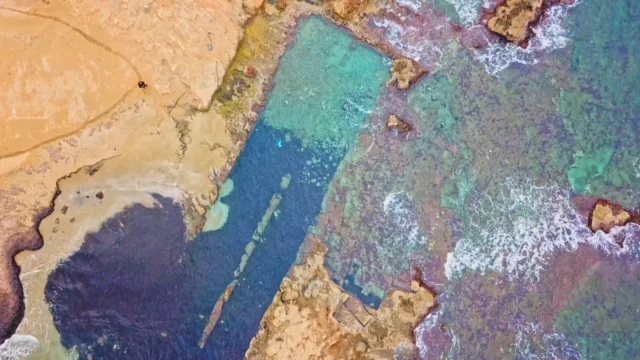

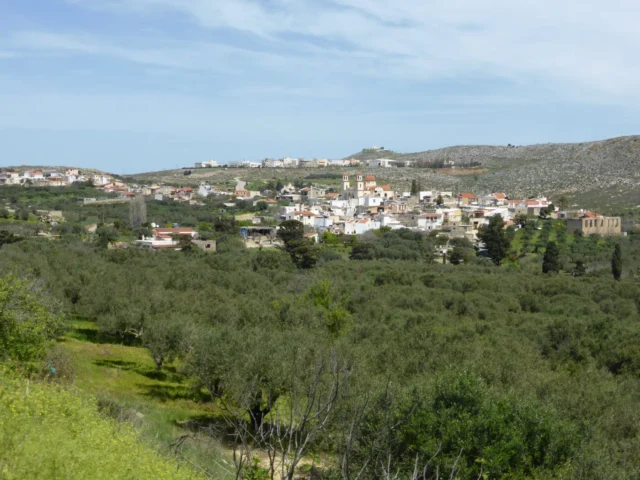
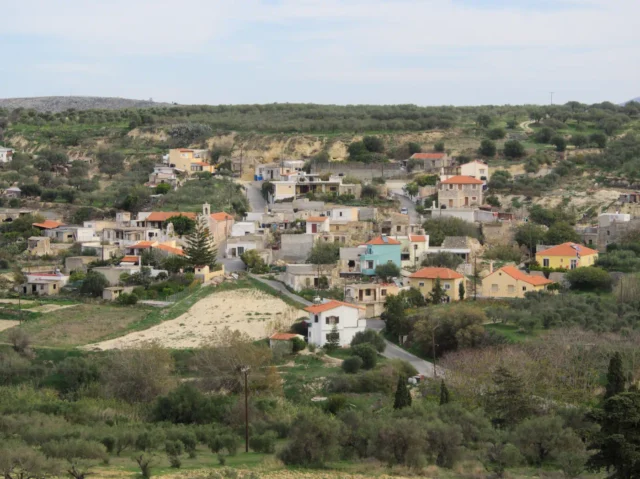


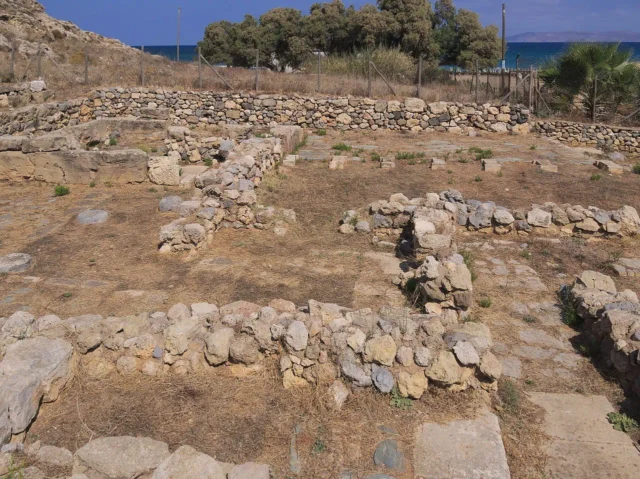
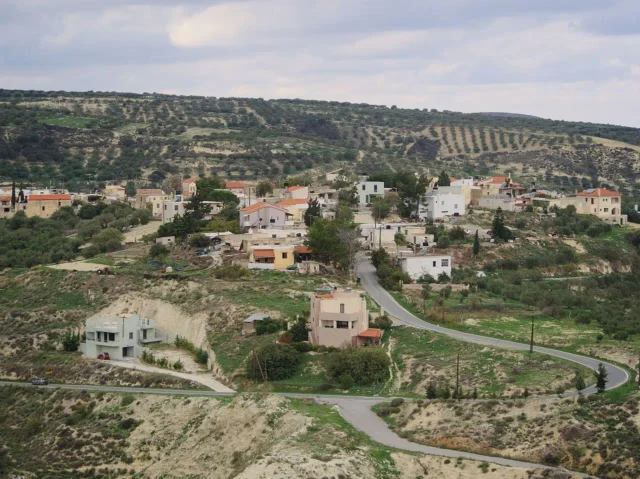
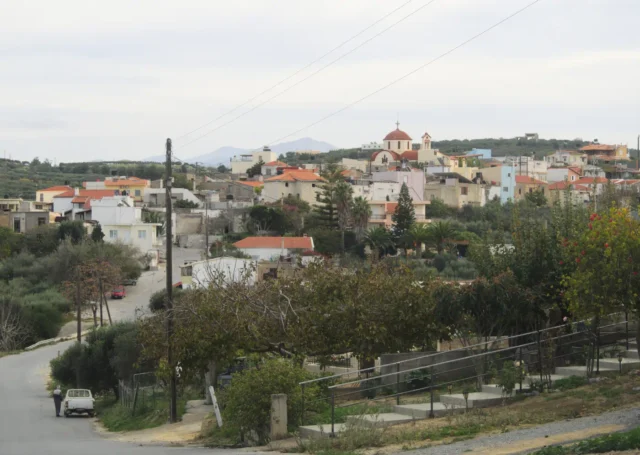
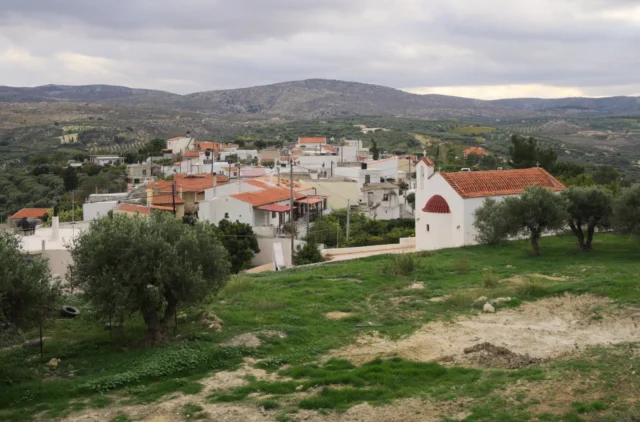
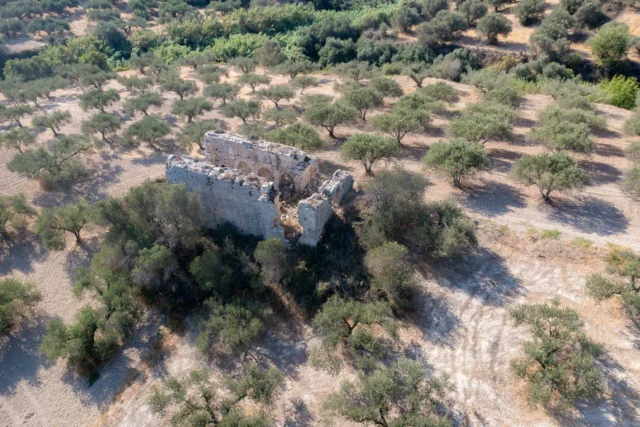
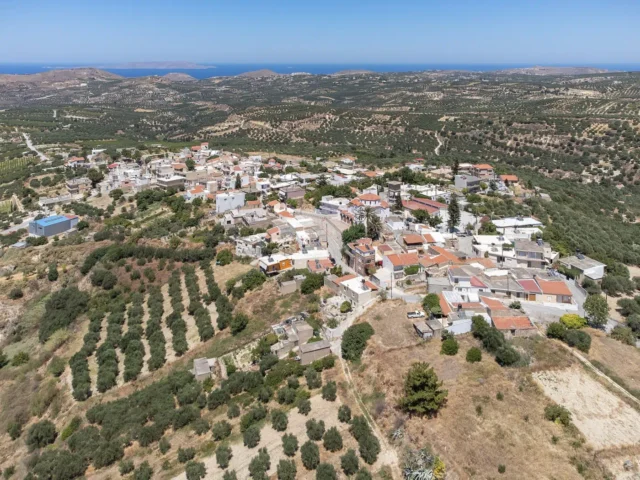
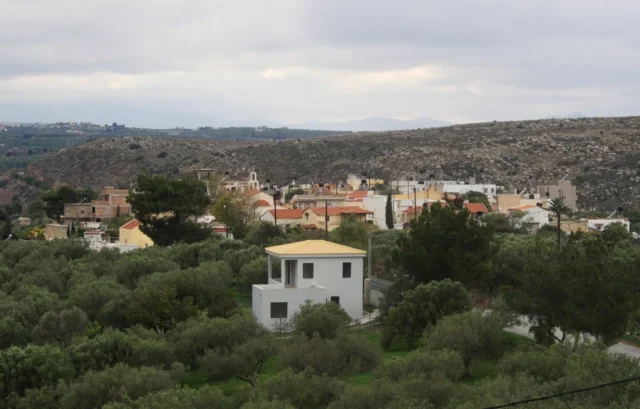

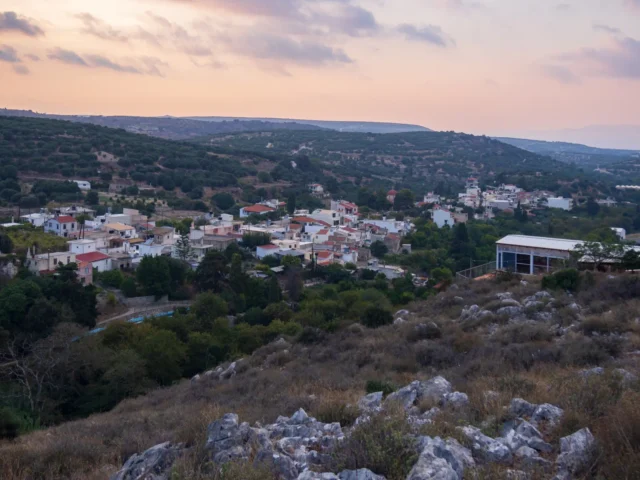
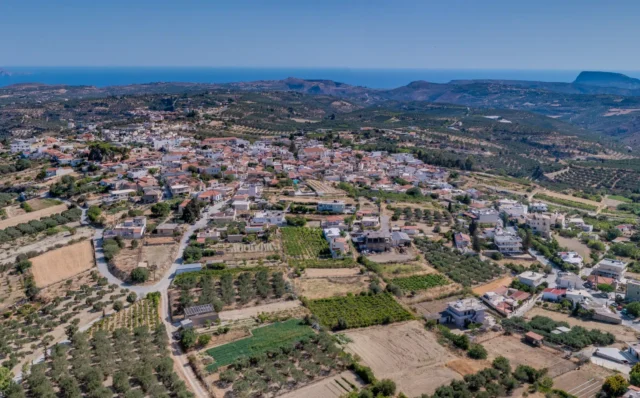
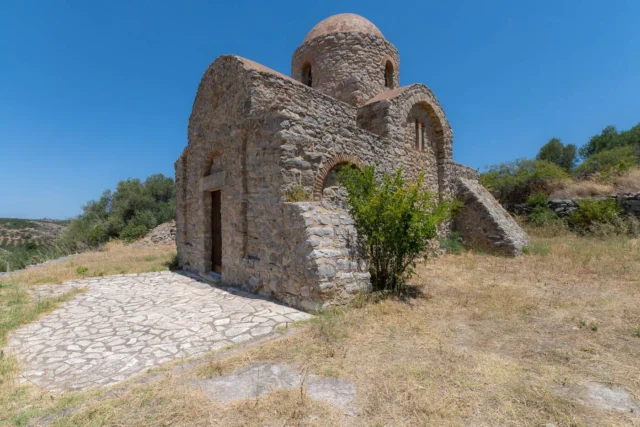

There are no comments yet.